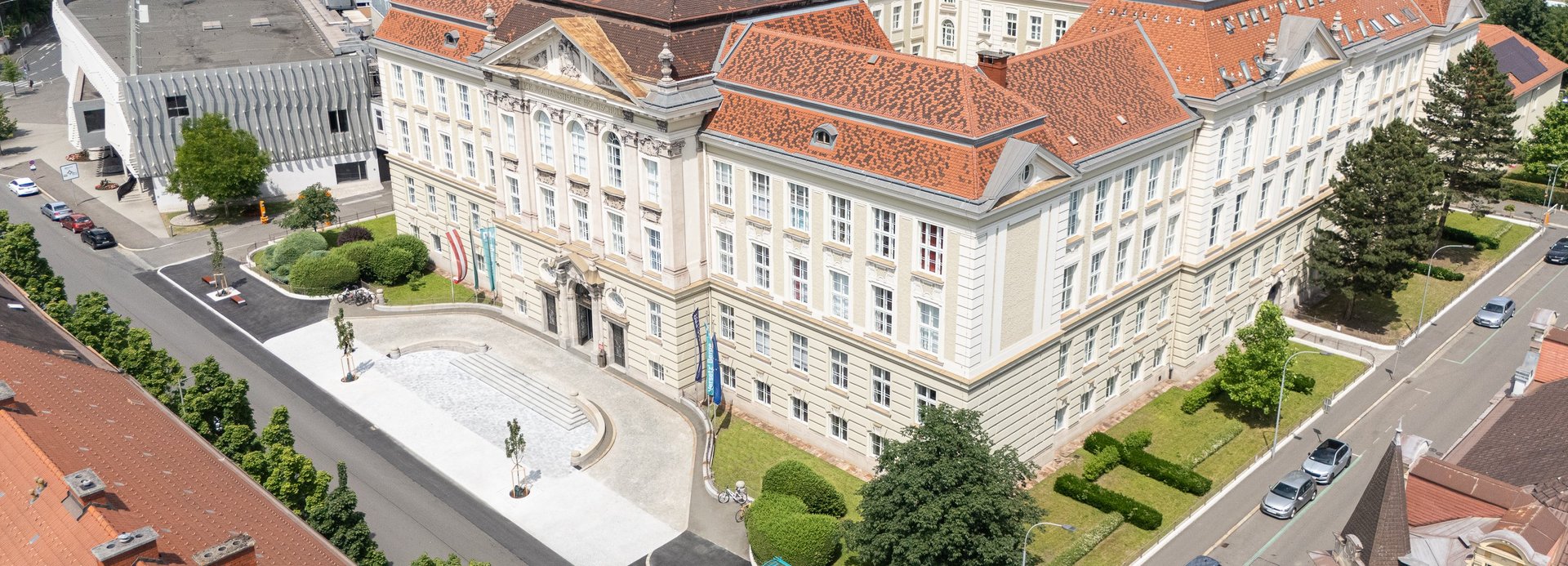Abstract:
Visualization of functionally different domains in bulk heterojunction (BHJ) solar cells is of paramount importance to understand the routes of optimization of their structure for best performance. In this work, a concept of detecting n-type and p-type semiconductor domains in BHJ structures by methods based on atomic force microscopy (AFM) is proposed. It assigns an active role to the semiconducting coating of the AFM probe tip which is able to form different junctions, i.e., p-n anisotype or p+-p, n+-n isotype, with the surfaces inspected. Here, we illustrate this concept on the example of BHJ structures composed of the n-type inorganic microcrystalline semiconductor CdS and mechanochemically prepared p-type kesterite nanopowder and two types of AFM probe tip coatings, i.e., p-type boron-doped diamond and n-type nitrogen-doped diamond coating, respectively. Conductive AFM (CAFM) measurements demonstrated unequivocally the different diode behavior when contacting n- or p-type semiconductor domains in the BHJ structures. Simulation of the energy level alignment at the probe-sample interfaces allowed us to explain the formation of anisotype or isotype junctions depending on the sample domain and probe used. Kelvin probe force microscopy measurements were consistent with the CAFM results and indicated the different contact potentials from the diverse types of domains in the BHJ structure.
Link to article: https://aip.scitation.org/doi/abs/10.1063/1.5082636
